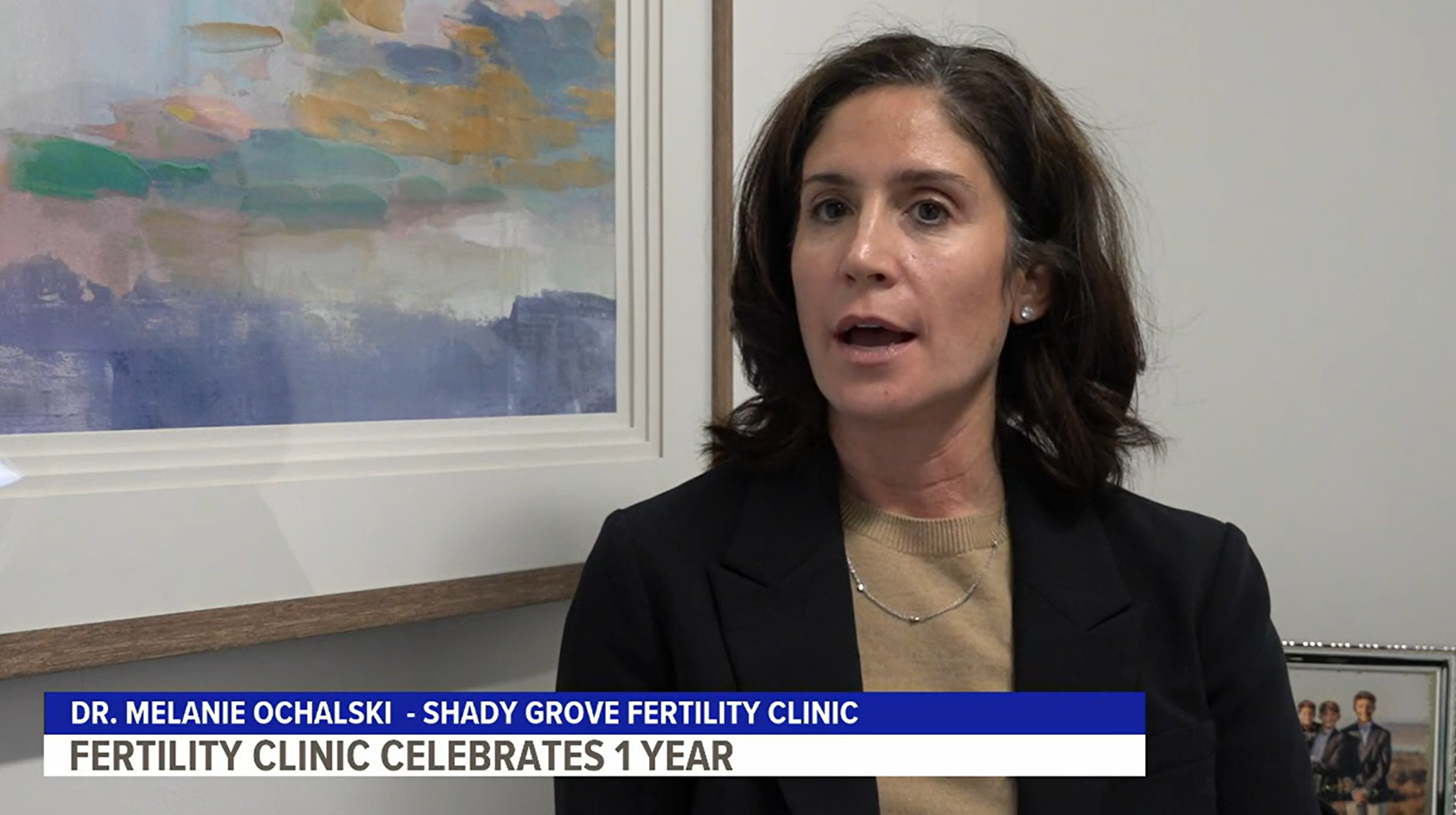Five tips to make the most of the tax deductions for medical expenses
*NOTE: Each patient’s circumstances are unique. Please consult with your personal tax advisor to determine how these deductibility rules may apply specifically to you.
At Shady Grove Fertility, we are dedicated to helping each patient feel confident about their ability to grow their families through outstanding treatment success rates and innovative financial options. In addition to our financial programs, we also strive to make patients aware of cost-saving measures, including one very surprising option: Uncle Sam.
For tax returns filed in 2021, many patients may be able to take advantage of an IRS rule that allows qualified, unreimbursed medical expenses that exceed 7.5% of their 2020 adjusted gross income to be itemized and deducted from their annual tax bill. Itemizing medical deductions can result in a significant refund of the money patients pay for fertility treatment.
1. Compile Every Receipt
Compile your saved invoices and receipts – even the ones you think you won’t need – because infertility treatments are just part of the total that may be deductible. Many patients are surprised to learn the types of expenses that may qualify. You should consult your tax advisor for specific guidance on your individual circumstances, but here is a list of expenses that you may be surprised to know are deductible (click here to view the full list of medical expenses):
- Co-payments/Co-insurance
- Laboratory fees
- Prescription medications
- Fertility treatment fees that are paid out of pocket
- Travel expenses for trips related to medical care including mileage, tolls, parking, hotels, and meals
For the most thorough and up-to-date information on deductibility of medical expenses, go to the IRS website.
2. Utilize a detailed log of expenses
Using a detailed record of when each expense occurred is vital in the event you are contacted to verify your deductions. The IRS form where you itemize your deductions does not provide space for you to explain why your medical expenses are higher than usual. Therefore, you may be contacted by the IRS and asked to provide additional information to verify your deductions. The more accurate and detailed your records are, the better prepared you will be to provide the information that may be requested.
3. Keep all of your records
The IRS recommends taxpayers keep their returns and any supporting documentation for three years after the date of filing or two years from the date you paid the tax, whichever is later, if you file a claim for credit or refund after you file your return.
After that, the statute of limitations for an IRS audit expires. If you’ve under-reported income by 25 percent, however, the IRS can go six years back, or seven if you claim a loss for bad debt or worthless securities. If you don’t file, or if you file a fraudulent return, the IRS has no statute of limitations; so it may be best to keep your records indefinitely.
4. Forgot to write off your fertility treatment last year? it’s not too late.
If you had fertility expenses you didn’t deduct last year, you can file IRS Form 1040X to amend previous tax returns to include your deductions. Form 1040X must be filed within three years from the date of your original return or within two years from the date you paid the tax, whichever is later.
5. Flexible spending accounts & health savings accounts
Flexible Spending Accounts (FSAs) and Health Savings Accounts (HSAs) provide alternative ways for patients to pay for out of pocket medical expenses with pre-tax dollars. Employers who offer FSA/HSA plans allow employees to save a portion of their pay in an account specifically earmarked for medical expenses. This money is not taxed. If your FSA or HSA account is not large enough to cover all of your expenses, the remainder can still be itemized as deductions.
Whether you are still researching treatment, currently undergoing treatment, or have already completed your treatment, the IRS’s rule on deducting medical expenses can help you. Itemizing medical deductions or using an FSA account will require some diligence and a little extra paperwork, but it may save you thousands of dollars in taxes.
Using these tips, along with the other programs provided by Shady Grove Fertility, can put fertility treatment – and your dreams of parenthood – within your reach.





